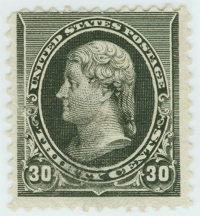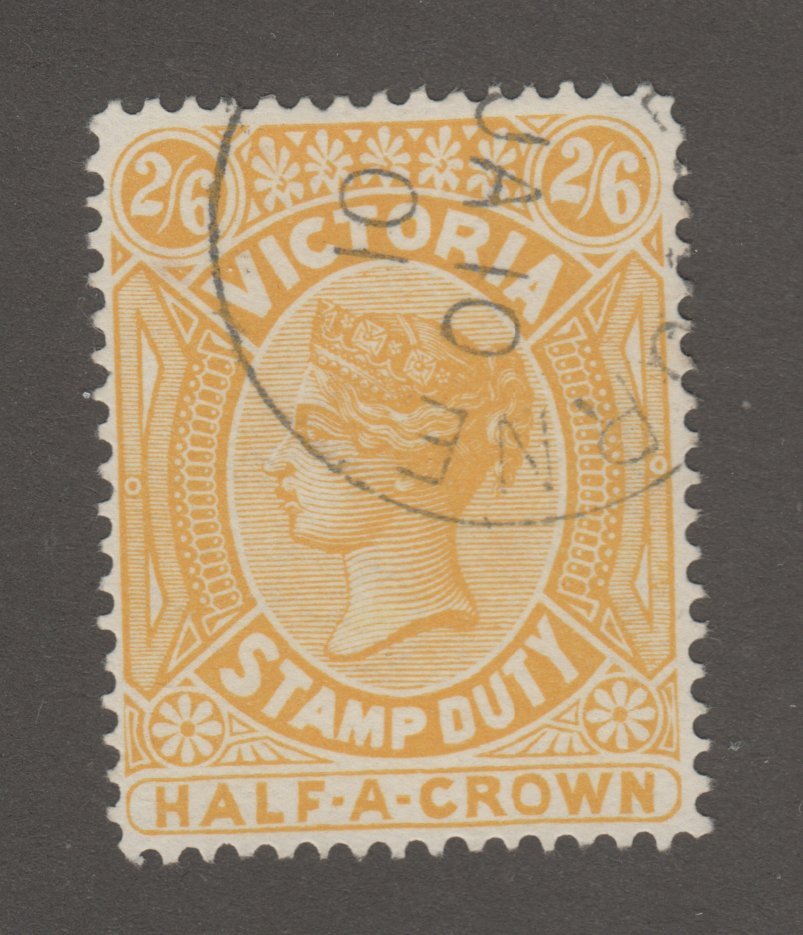Stamps of a French Unit Fighting Under the Colors of the Wehrmacht
by David Teisler
7th of September 2010
War can be funny, or at least in hindsight from the comfort of an arm chair and with a decade or seven separating one from the event. Take the Second World War, for instance. Most leaders outside Germany closed their eyes and hoped that nothing would happen, although ever since Germany elected its new Chancellor in 1933, the signs were unmistakable for any who chose to look. Moreover, all could have been prevented. One way might have been to lessen Versailles’ humiliating and emasculating load on Germany, although, that’s pure conjecture. Another would have been for France, which in the middle 30s had the largest and most advanced army, and Great Britain, which had the world’s largest navy and worldwide reach, to have acted in concert and forced Germany to abide by all the military limitations Versailles required. Failing that foresight, they could have acted in concert to stop the partition and later absorption of Czechoslovakia by Germany; France still had an army larger than Germany’s, and the Czech army was robust and designed to defend its western borders. It wasn’t until 1939 that France and Germany acted, at least on paper, to object to Germany’s invasion, now in concert with the Soviet Union, of Poland. They declared war. It was known as the Phoney War, because, oddly, having declared war, little happened. Five months later, Britain sent a contingent to contest the Nazi invasion of Norway, but they were quickly repulsed and sent packing, thus opening all the north waters to Germany submarines.
Two months after the Norwegian fiasco, the French, much like their experience in the First War, were overwhelmed, again, but this time their Nordic and Low Country allies were not able to slow the Wehrmacht and the British were driven into the sea, lucky to escape with a significant portion of their European army, sans armor and artillery, intact. Rather than divide the country with trenches, the French did so politically when they signed an armistice creating an occupied zone (north) and the Armistice zone (centered in Vichy, in the south). The French were out of the war, with more than a million and a half soldiers in POW camps. LVF fought exclusively in the East (having received assurances that were actually kept that they wouldn’t be forced to fight compatriots in France), in both Russia and Ukraine, against both formal units and partisans. Ultimately, LVF would be merged with an independent German unit, the Sturmbataillion Charlemagne, to form, on paper, a division, which would fight in Pomerania and Berlin. Few would survive the war. |
Why would Frenchmen fight on Germany’s side? We found lots of units being raised from soldiers in countries that were no longer administered by their pre-war governments, or wanted that be the case. Many of the units engaged at Normandy were, in fact, non-Germans. I believe there were several Baltic-raised battalions. Why? It falls under the "enemy of my enemy is my friend." Remember the Ukrainians welcomed the Wehrmacht with open arms because they hated Stalin's Soviets with a passion earned from evictions, starvations, and executions. Had the Nazis reciprocated in kind, rather than viewing the Ukrainians as just more Slavish chattel, they'd have gained additional divisions to throw at the Soviets rather than eventually sending their own and other troops, such as these French Legionnaires, to quell partisan activities. Sometimes, as neither Adolf nor W ever learned, ideology's root is ideocy. |
|
|
|
My point is that the Allied units are better documented (victors write history), but they existed on both sides. The Polish 1st Paratroop Brigade served, and was nearly annihilated, at Arnhem; Polish infantry served in the Italian theatre, and were nicely sacrificed at Monte Cassino prior to its destruction; Czech units served with the British; and, of course, Free French units served in both North Africa and France; and Norwegian naval ships served with the Allies. I'm sure there are many other examples. I don't know who issued these stamps, nor how they were used. I'd be interested in learning. The stamps look like semi-postals, but the unit wasn’t officially recognized by Vichy. Could these be German issues with franking ability in Occupied France? These stamps are essentially unit-specific, so they may have no standing or franking ability (German forces, like Allied, had free-franking privileges). One blog devoted to the LVF claims that the stamps were issued 20 April 1942 to support the LVF by the LVF, but there’s little information on their franking ability or use. There were Free-French stamps issued by the government in exile; they are highly sought after and often counterfeited, but, they served a government, not a unit. |
||
According to Lee Payette, the stamps were printed in a sheet with adjoining labels containing the LVF emblem. The stamps depict: Pleidethouars indicates that LVF was transformed into another unit, Legion Tricolore, but this is the only time I’ve seen this; other sources seem to indicate that LT was raised independently of LVF.
David Teisler |










